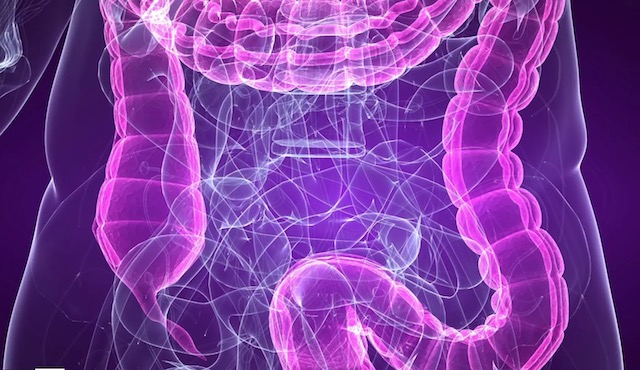
The United States National Institutes of Health (NIH) launched the Human Microbiome Project in 2007 with the aim of better understanding the roles that microbes play in human health, longevity, and disease.
Since the project launched, microbiome research is advancing quickly and thousands of studies have been published.
The human gut is made up of four dominant bacterial phyla: Firmicutes, Bacteroidetes, Actinobacteria, and Proteobacteria.
While there are thousands of species of normal intestinal bacteria, one strain known as Bifidobacteria has shown to be among the most important and beneficial. Bifidobacterium are in the same family as Bacteroidetes.
At birth, the gut is predominately inhabited by 90 percent bifidobacteria. As we age, the numbers of bifidobacteria dwindle down to a mere three to six percent of the microbiome.
Bifidobacteria provide numerous health benefits including:
>> Supporting a healthy homeostasis of gut bacteria.
>> Supporting natural defenses against undesirable gut microbes.
>> Supporting a healthy immune system.
>> Producing enzymes and vitamins.
>> Producing beneficial short-chain fatty acids in the gut.
>> Playing an important role in the integrity of the intestinal skin.
>> Supporting healthy pregnancy weights.
Research conducted on centenarians (those who live to or beyond 100 years) showed that higher percentages of bifidobacteria were present in the older centenarians compared to younger elderlies. This suggests that longevity may be linked to sustaining healthy populations of bifidobacteria as we age.
Lifestyle, diet, stress, and antibiotic use all contribute to the demise of a once healthy bifidobacteria population. Strategies to support the bifidobacteria have made probiotics quite popular these days—which is great—but you can’t grow grass in a desert!
Feed your Bifidobacteria with Soluble Fiber.
According to Ayurveda and now Stanford University research, the establishment of a healthy gut microbiome is greatly dependent on the environment, and the environment actually changes from one season to the next. The microbes in the soil change seasonally, which changes the microbes of the foods we eat, which changes the microbes that inhabit our microbiome.
Fall and winter harvested grains, nuts, and seeds are rich in soluble fiber. When soluble fiber mixes with water, it becomes slimy and lubricating for the gut. This is the food that bifidobacteria love!
Oatmeal, slimy flax, and chia seeds, and teas made of slippery elm, marshmallow, and licorice root are all rich in soluble fiber. These fibers not only feed a new population of bifidobacteria, but they also protect the intestinal lining from the dryness of winter, which bolsters immunity.
Your Probiotic Regimen should not be a Life Sentence.
There are two types of probiotics available today: colonizing and transient.
Most probiotics on the market are transient in nature, which means they go right through you while offering healthy services along the way.
The more rare form is resident or colonizing. These probiotic strains actually adhere to the gut wall, become permanent residents, and encourage microbial diversity.
One such strain is Bifidobacterium lactis HN019. This strain has shown to adhere to the gut wall and support the proliferation of new and diverse strains of bifidobacteria and lactobacillus in the gut.
I do not believe that we need to continue to take probiotics for the rest of our lives. Resetting a healthy microbiome seasonally with colonizing probiotics does make sense. Getting the right fiber in the right season to act as natural, food-based prebiotics makes sense as well.
Once you create the proper environment and re-populate the gut with colonizing probiotics and organic (not sprayed with microbe-killing insecticides) seasonal foods, a healthy gut microbiome should take care of itself.
~
~
~
Author: Dr. John Douillard
Image: Vimeo
Editor: Travis May
Copy & Social Editor: Callie Rushton








Read 0 comments and reply